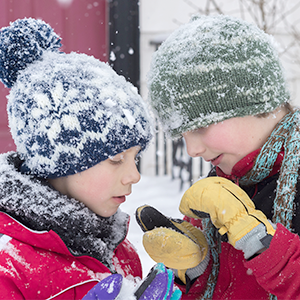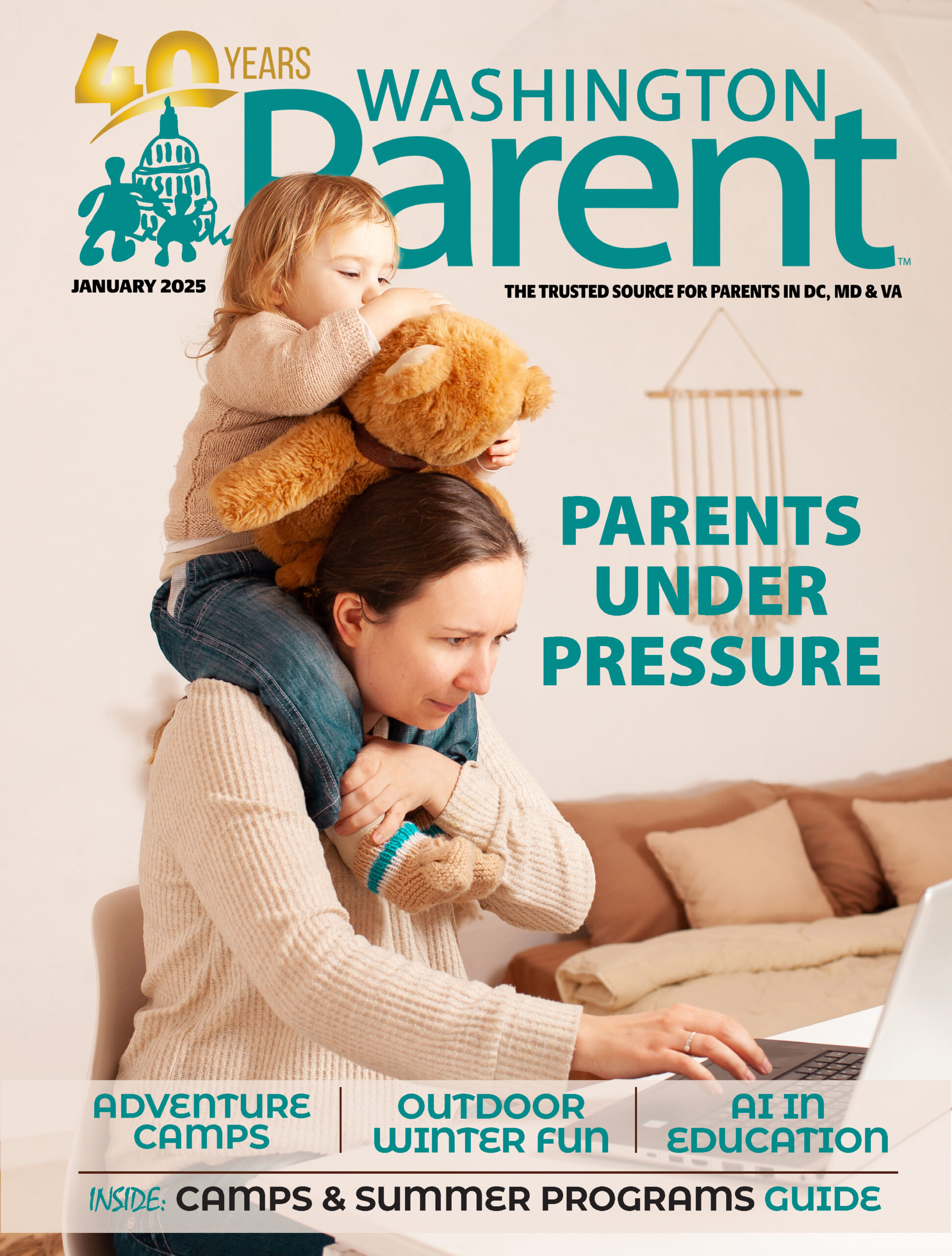Winter is a magical time for children and you can enhance their
appreciation and understanding of the season by conducting simple, but
serious science investigations right in your own home. Give your children a
head start in mastering basic scientific methods of study by teaching them
to investigate their world through prediction, observation, hypothesizing,
estimating and recording their findings. Here are five simple snowy science
experiments guaranteed to be both fun and informative.
What Happens When Water Freezes?
- Fill an empty metal container to ½ inch from the top with
water. - Use a permanent marker to mark the water line on the outside of the
can. - Predict what will happen when the water freezes.
- Place the can on a tray or on aluminum foil and place in the
freezer overnight. - Observe the ice line the next morning and record the results.
*Water expands as it turns to ice. Use the terms liquid and solid states.
What will happen when the ice melts back into liquid state?
No Two Alike
- On a snowy day, catch falling snowflakes on pieces of black poster
board. - Have a magnifying glass of at least 10X strength ready to observe
the flakes. - Observe individual flakes, taking note of their structure.
- Record your observations in drawings.
- How are the flakes alike? Different?
*A snowflake is a single snow crystal of ice. The basic shape of a snow
crystal is a hexagonal prism. Once the basic shape is formed, branching
builds additional patterns. It’s true that no two snowflakes are alike.
The Ice Cube Race
- Place three ice cubes in identical containers.
- Leave one ice cube as it is, add salt to the second and sugar to
the third. - Estimate the length of time it will take for each ice cube to melt
completely. - Observe at one minute intervals and record information.
- Write a paragraph describing the rate of melting for each of the
three cubes. - Can you explain why one melted faster?
*Which would you use to melt the ice on roadways, sugar or salt? Why?
Make Your Own Icicles
- Punch a hole in the bottom of a can.
- Punch three holes around the top of the can.
- Fill can half full with water. Loop twine through the three holes
and hang the can outside on a day when the temperature is 32
degrees or less. - Leave the can overnight. Make predictions.
- Observe the icicles formed the next morning. Adding food coloring
to the water will enhance the experience.
*What will happen to the icicles during the daytime?
The Birth of an Ice Crystal
- Pour orange Kool-Aid into a petri dish.
- Prepare a bowl of crushed ice mixed with salt.
- Place the petri dish into the bowl of ice.
- Observe for 3 to 5 minutes, stirring occasionally.
- Use a flashlight to observe the formation of an ice crystal.
*Freezing occurs when water cools. Molecules move more slowly, causing them
to come together and form ice crystals. Rapid cooling speeds the process.
This lesson lends itself to predictions based on time. Observe and record
information. Drawings of the crystal at each one minute point would be
appropriate.
Finale: Make Snowy Ice Cream
After conducting your snowy science experiments you’ll want to do one last
exercise in lowering the freezing temperature using salt.
- Blend half a cup of cream and half a cup of milk. Pour into a
ziplock bag and seal. - Fill a second, larger ziplock with ice and large salt crystals.
- Place the smaller bag inside the larger one
- Wait 5-10 minutes, occasionally shaking the bags to “fluff” the ice
cream. - Remove the ice cream bag carefully and enjoy.
Books About Snow and Snowflakes
- “The Story of Snow: The Science of Winter’s Wonder” by Mark Cassino. (Ages
3-8) - “The Secret Life of a Snowflake: An Up-Close Look at the Art and Science of
Snowflakes” by Kenneth Libbrecht. (Ages 6-12) - “The Snowflake Winter’s Secret Beauty” by Kenneth Libbrecht.
- “Owl Moon” by Jane Yolen
- “Snow” by Cynthia Rylant
- “Snowflakes Fall” by Patricia MacLachlan and Steven Kellogg
- “Snow is Falling” (Let’s Read and Find Out Science Series) by Franklyn
Branley


